
Tia Collection has been dedicated to collecting the work of women artists from its inception in 2007. We have applied a global perspective to the development of the collection, as well as acquiring art from a broad range of disciplines and eras.
Helen Frankenthaler, Marcia Hafif, Farideh Lashai, Portia Zvavahera, and Martha Jungwirth - female painters from four continents: America, Asia, Africa and Europe.

My profession allows me to look at and experience art on a daily basis. Along my journey, I have always been drawn to the voices and stories created by female artists.
Traveling through various compositions of color and landscape, along with the guiding lightness in their voice, an echo reverberates in a resounding silence, only to return to that infinite space on the canvas. Their colors, blots and drips read feminine to me. The saturated hues implying their feminine views on what we can trust as assured strength and humility, with tender lessons to be retained in the beauty of ambition.
Their messages require strength of character, as failure and criticism are always around the corner. They are ambitious, inventive and hopeful and want to break through to the other side where there is recognition and respect for a female painter in an art world dominated by men. They aspire to be recognized by art historians, museums and galleries, telling the stories of their respective cultures, and leaving a trace in history. It is up to us to preserve it and inviting these artists together in one collection is part of that preservation.
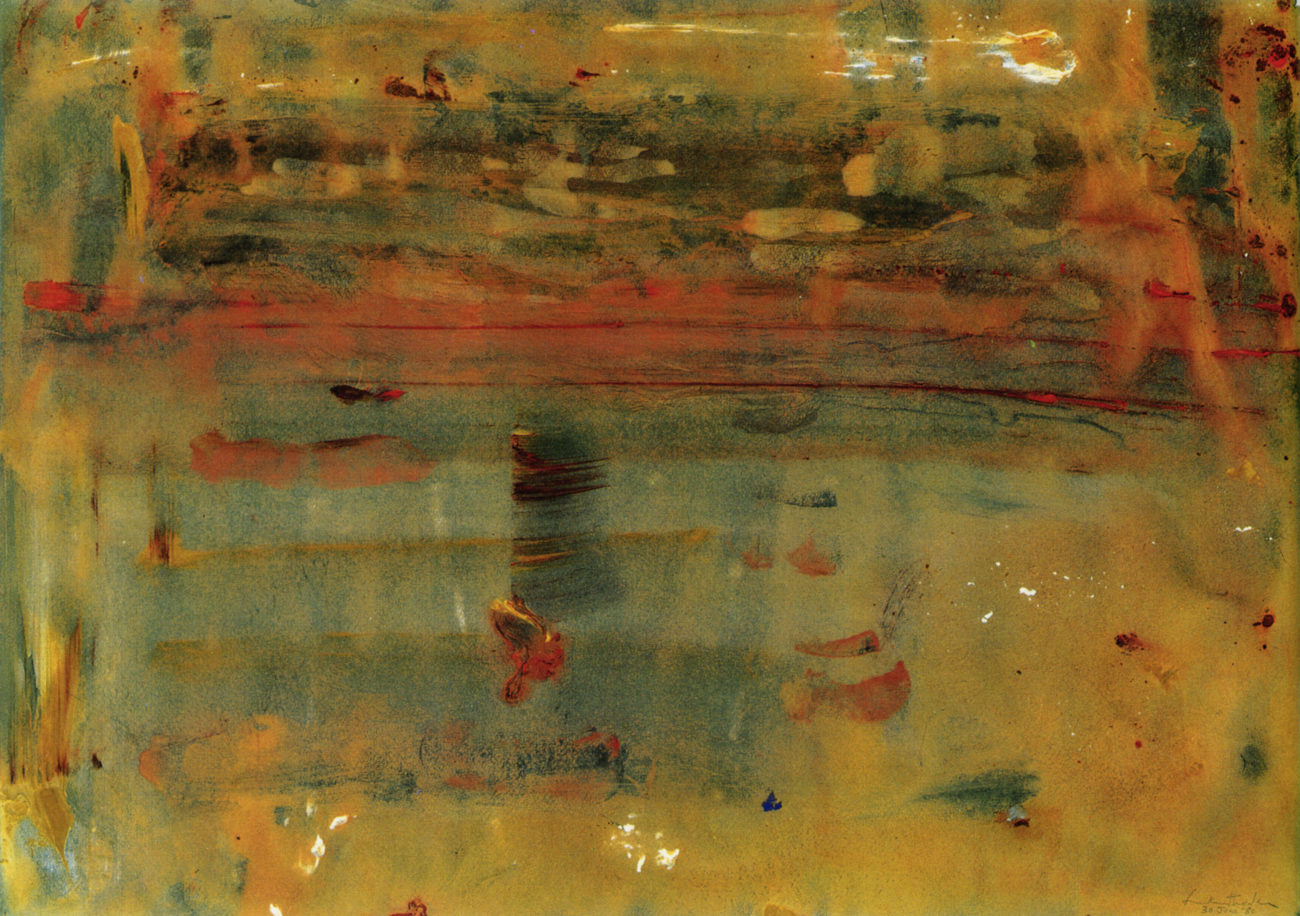
One of her strengths is this very ability to risk everything on inspiration, but one feels that the work is judged afterward by a very keen and even erudite intelligence. – Frank O’Hara, the late poet, critic and close friend of Frankenthaler’s wrote in 1950.
Born in New York City in 1928, Helen Frankenthaler achieved early recognition for her contribution to American abstract painting, playing a seminal role as a major influence on the Color Field movement, a term coined by the art critic Clement Greenberg.
From the 1980’s onward, Frankenthaler focused her energies less on canvas and more on paper, treating it as an arena for experiments in gesture and control. They reflected her painterly process with opacity, layering, and scale equal to her paintings on canvas. Her masterful use of drawing, space, and color demanded a sense of immediacy, even urgency, and captured the creative act in a candid way.
I had read so much about her as an artist and appreciated her pioneering spirit. As a result of her importance, I was inspired by this deliciously autumn-like work on paper that reads like a landscape and we acquired it in 2014.
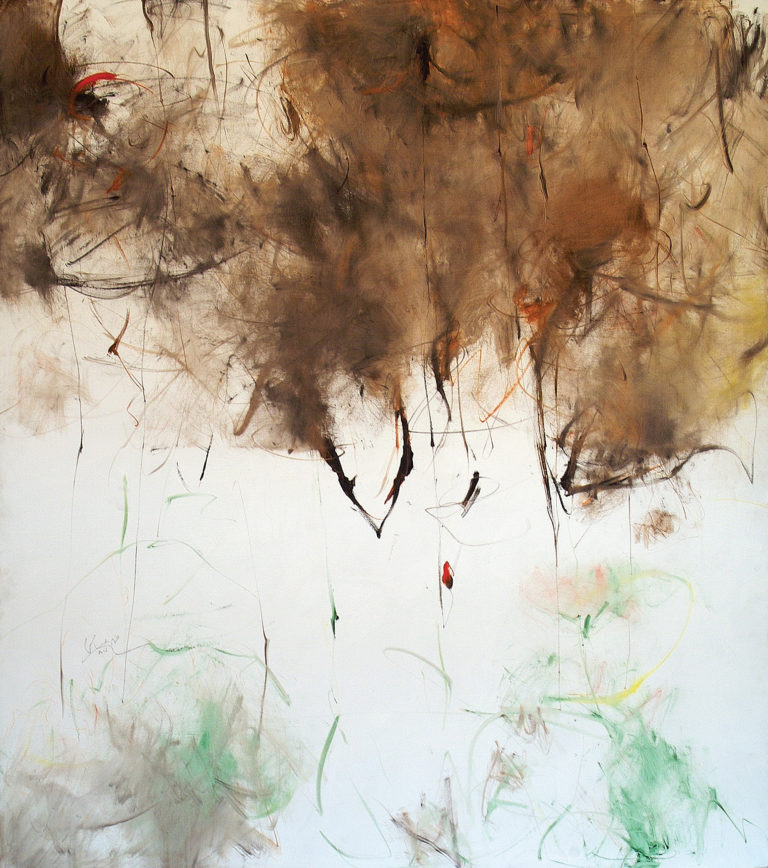
Farideh Lashai (1944-2013) was one of Iran’s most prominent contemporary painters whose work spanned a large spectrum of media and subject matter. The multifaceted union of her many ways of seeing and being is represented in her painting, animation, literature, and music.
Acquired for the collection in 2013, Untitled, 2008 radiates her rhythmic aesthetic of nature, underlined by her perception of intellect and beauty. I found the ephemeral melancholic beauty in her paintings so moving. She gravitated toward landscapes and nature because these subjects allowed her to experiment with color and form. Her work reflected her mood and perspective on the ever changing political situation in Iran, questioning the inhumanity and injustice of war.
Farideh was an alchemist, a magician. She knew how to use literature as a source of inspiration and intellectual light. She profaned the sacred canvas with video in a choreography of movement that transported the viewer to a state located between reality and desire, from a past burdened with facts to a future of imagined possibilities. – Paloma Martin Llopis, Spanish curator.
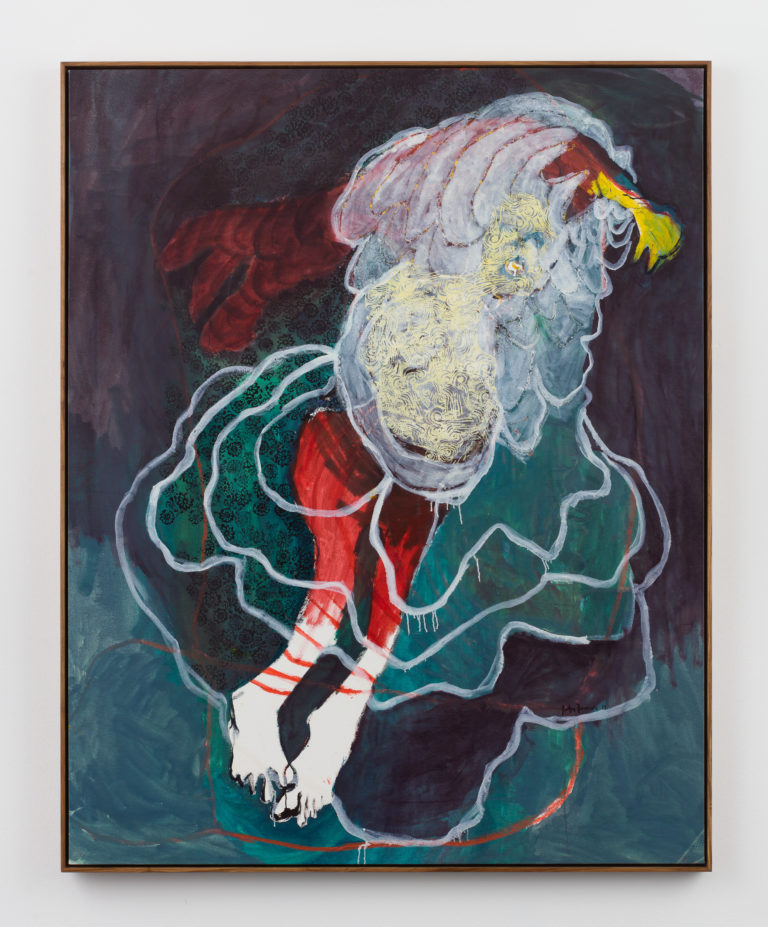
For me, the dreams are like future telling, letting me know what to do next or what’s happening in the spirit world that I should be aware of. And then I should take action in prayer. – 2015 Interview for BOMB Magazine by Netsayi, Zimbabwean singer and composer
Portia Zvavahera, born in 1985, was recognized on an international level through the inclusion of her ethereal paintings in the Zimbabwean Pavilion at the 55th Venice Biennale in 2013. She will be included once more, at the 59th Venice Biennial, The Milk of Dreams, from April to November, 2022.
Portia paints her dreams, using the figurative painting tradition of her country as the basis for her expression. Under her pillow, she keeps sketchbooks and records her dreams, taking these to her studio as source material for her paintings. Her work has explored both reflections on her personal life, as well as her dream records. She fills her large paintings with expressive figures that float across fields of printed patterns as they writhe in the torment of emotional entrapment, speaking of separation, anxiety, loss, and love.
I was drawn to the surrealness of the images and their vibrant colors, and enjoyed reading her influences from the sacred and prayer – a common thread for me in the Tia Collection. This artwork was added to the collection in 2018.
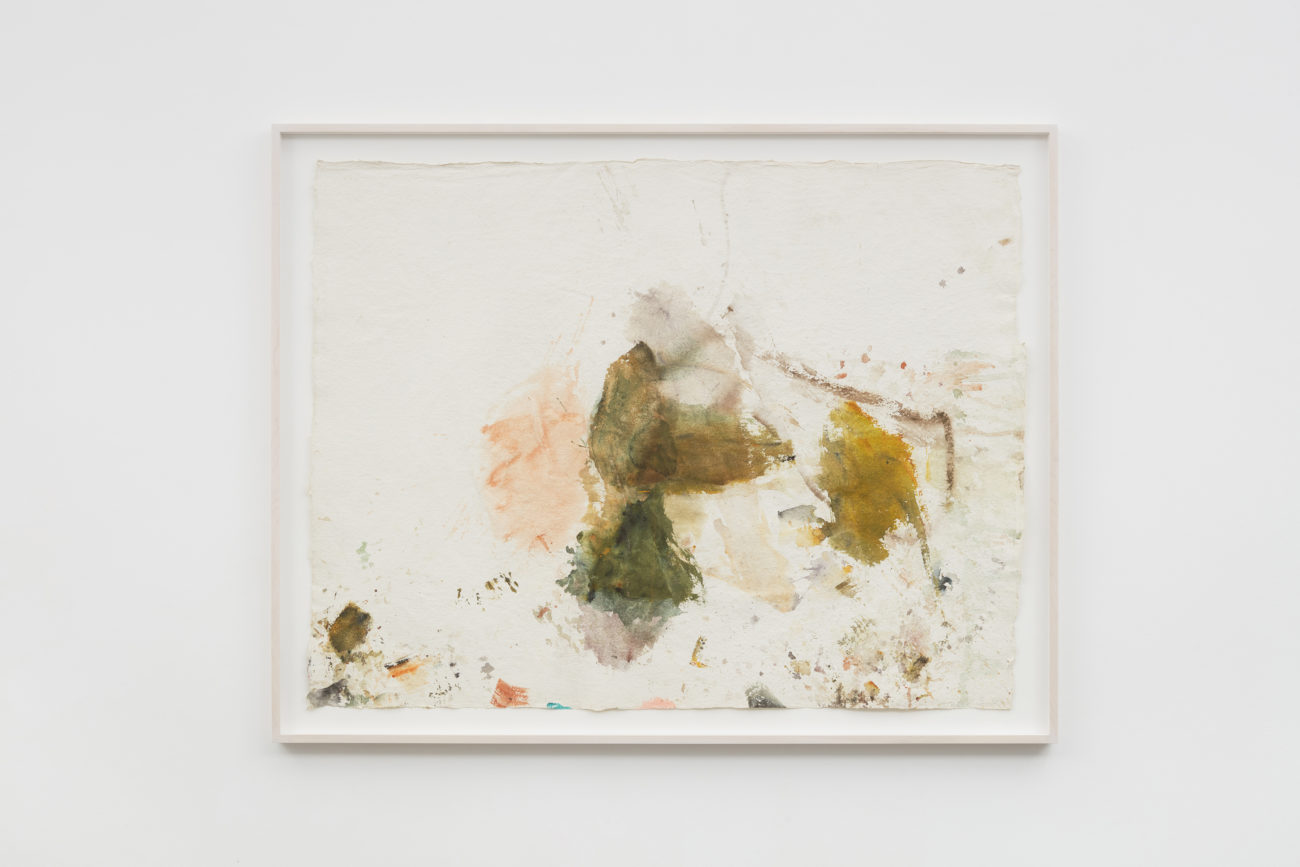
Martha Jungwirth, born 1940, graduated from the Academy of Applied Arts in her hometown of Vienna in 1963 – a time when much of the art world had moved their focus to Abstract Expressionism, Minimalism, Pop Art and Color Field painting. Working in colored pencils, graphite, pastel crayons, charcoal, oil pastel, pen, ink, watercolor and oil paint, she insures that each puddle, drip, dot, splotch, or blot is there for good as the paper absorbs and preserves them. All marks that are made cannot be erased and this is a central tenant of her work.
In 2015, Jungwirth traveled to the Greek island of Paros, an experience that led to a series of works on paper, including Untitled (from the series Paros). She remained faithful to conveying her reactions to the reality around her and translating her emotions and experience into vivid colors. She was fascinated with nature, both the real and the mythical. In 2020, I was seduced by this female painter who came to public light at the late age of sixty one years old and by the abstract almost pastoral feeling, the blotting and soaking of colors on the paper.
I work in series, and on several canvases at the same time. …. Generally, I interrupt the work in progress and then move on, for a while – above all, I want fluidity. This is essential for me. I paint large canvases and, between two large canvases, I paint a smaller one. I constantly need to be on the move, always with an idea in mind, an image of what I want to paint. Or rather let’s say a ‘situation’ that comes to mind. In my opinion, the important thing is above all to undertake a journey, and to see new things, in the broad sense! – 2020 interview with Nicolas Trembley, Numero Magazine
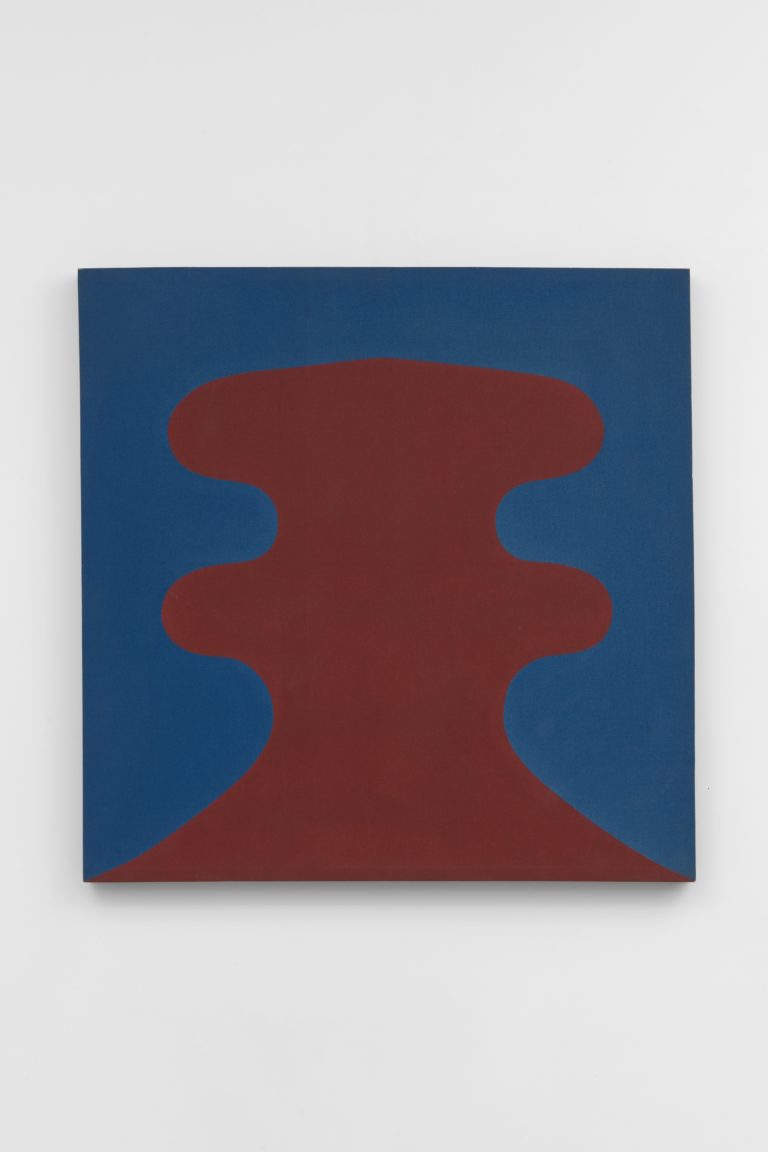
She was a singular mix of the sensualist and the ascetic, one who keenly observed the world, its matter and materiality, and thought about it and brought those observations, however filtered and condensed, into her art, into her ideas about art and life, all inextricably intertwined. – Lilly Wei, Artcritical Magazine, 2018
During an eight-year sabbatical in Rome in the 1960’s, Marcia Hafif (b. 1929) created a distinctive brand of ‘Pop Minimal’ abstraction. She formulated her clear vision using contrasting colors and simple geometric forms, heavily influenced by the art critic Clement Greenberg and the new direction of abstract painting he espoused. Hafif called her landscapes ‘hills, slow blobs or board games’. I admire her paintings for their sensuous boldness both in color and form and was excited to learn about her work in 2020 when this piece was acquired for the collection. Her painting practice lays claim to a conceptual process rooted in her personal journey.
